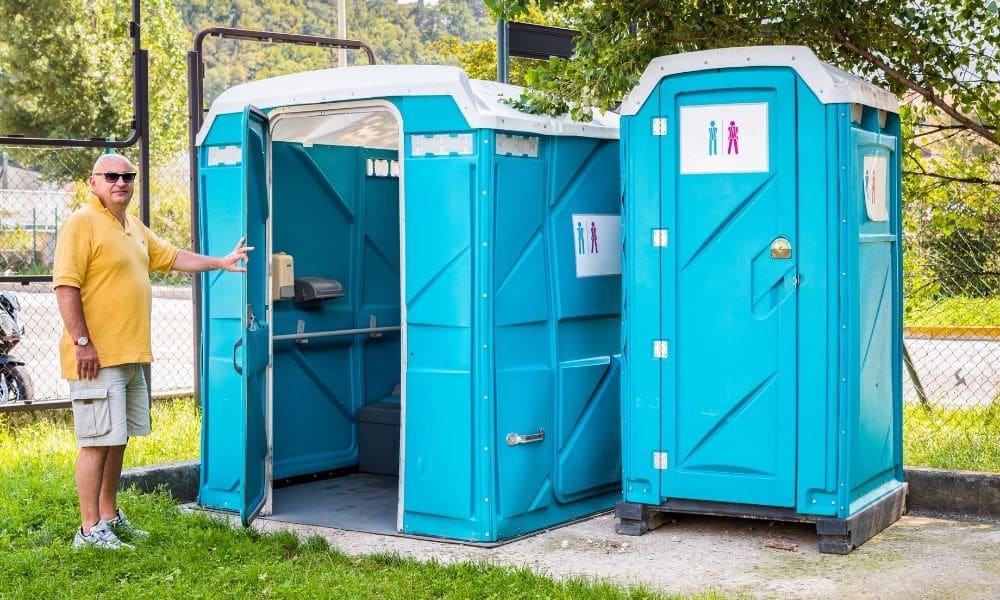
Educational Initiatives and ADAS
Driver education programs and public awareness campaigns play a significant role in informing the public about the proper use of ADAS. Manufacturers also have a responsibility to clearly communicate the capabilities and limitations of their systems.
Introduction to Static ADAS Calibration
Static ADAS Calibration stands as a cornerstone in the realm of automotive safety, laying the groundwork for the advanced driver-assistance systems (ADAS) that have become integral in modern vehicles. This process involves the precise alignment and calibration of sensors and cameras, ensuring they function accurately to enhance driving safety and efficiency.
Furthermore, BSM is often part of an integrated network of vehicle safety systems. It can work in conjunction with other technologies like lane departure warnings, rear cross-traffic alerts, and adaptive cruise control. These systems communicate with each other to provide a comprehensive safety net, enhancing overall road safety. For instance, BSM might work alongside rear cross-traffic alerts to help drivers safely back out of parking spaces, while also communicating with lane departure systems to prevent unintentional lane drifting.
Core Components of ADAS
At the heart of ADAS are two critical components: sensors and algorithms. Sensors act as the eyes and ears of the system, gathering crucial data from the vehicle’s surroundings. The algorithms, on the other hand, are the brains of the operation, processing this data to make intelligent decisions and assist the driver.
Safety and Reliability of ADAS
The primary goal of ADAS is to enhance safety. By reducing the scope for human error, these systems have been instrumental in preventing accidents and saving lives. Reliability is ensured through rigorous testing and continuous improvement of both sensors and algorithms.
At the heart of Static ADAS Calibration is a meticulous and intricate process, tailored to address the sophisticated requirements of modern vehicles equipped with ADAS. This technology encompasses a range of systems – from automatic emergency braking and lane departure warnings to adaptive cruise control and parking assistance. The calibration process is pivotal in ensuring these systems operate flawlessly, responding correctly to the vehicle’s environment and providing crucial assistance to drivers.
Identifying Overreliance on ADAS
Overreliance manifests in various ways, such as ignoring road signs or depending solely on automatic parking. Recognizing these signs early can prevent accidents and ensure that drivers remain the primary decision-makers.
Consumer Education and Awareness
Educating consumers about the benefits and operation of ADAS is critical to its wider acceptance. Awareness campaigns, hands-on demonstrations, and the use of digital platforms to disseminate information can help demystify ADAS for the general public.
Maintenance of these systems is crucial for their effective functioning. The sensors used in BSM systems can be sensitive to damage, dirt, or misalignment. If a sensor is damaged or obstructed, the system may not function correctly, leading to a false sense of security or missed warnings. Therefore, it is essential to repair any damage to these sensors immediately and ensure they are clean and properly aligned. Regular maintenance checks are recommended to ensure these systems are operating correctly.
FAQs
How often should I practice manual driving?
Can ADAS adapt to all driving conditions?
What should I do if I don’t trust my vehicle’s
Portable Adas?
Conclusion
While ADAS technologies offer significant advantages, the key to their effective use lies in a balanced approach. Drivers must remain vigilant, continually honing their skills and understanding the technology’s limitations to ensure safety on the roads.
Challenges and Limitations: Despite the benefits, ADAS systems have limitations and can sometimes lead to overreliance by drivers, highlighting the need for continuous education and technology development.
Balancing ADAS and Active Driving
Knowing when to rely on ADAS and when to take full control is an art. Drivers should remain actively engaged, ready to intervene, and trust their instincts in conjunction with the technology.
Introduction
Advanced Driver Assistance Systems (ADAS) have revolutionized the way we perceive vehicle safety and driving comfort. By integrating cutting-edge technologies, ADAS aims to enhance driving safety, reduce accidents, and make driving a more intuitive and less strenuous task. However, despite their potential to significantly improve road safety, ADAS technologies remain out of reach for a significant portion of the consumer market due to various barriers. This article delves into the current challenges of ADAS accessibility and outlines strategies to make these systems more accessible to a wider range of consumers.
The Calibration Process Explained
The process of Static ADAS Calibration involves a series of steps that must be meticulously followed to ensure accuracy. This includes setting up the calibration equipment, positioning the vehicle correctly, and using specialized software to adjust and verify the system’s settings.